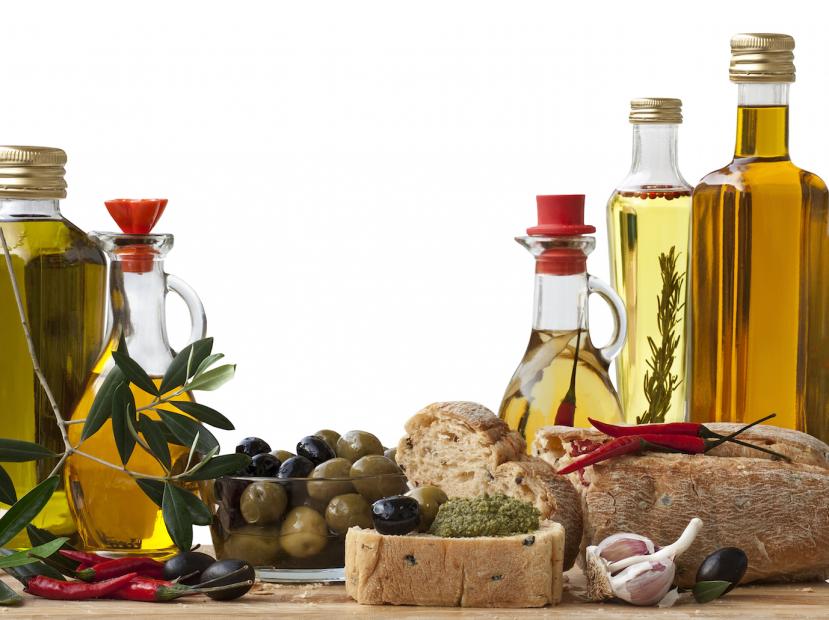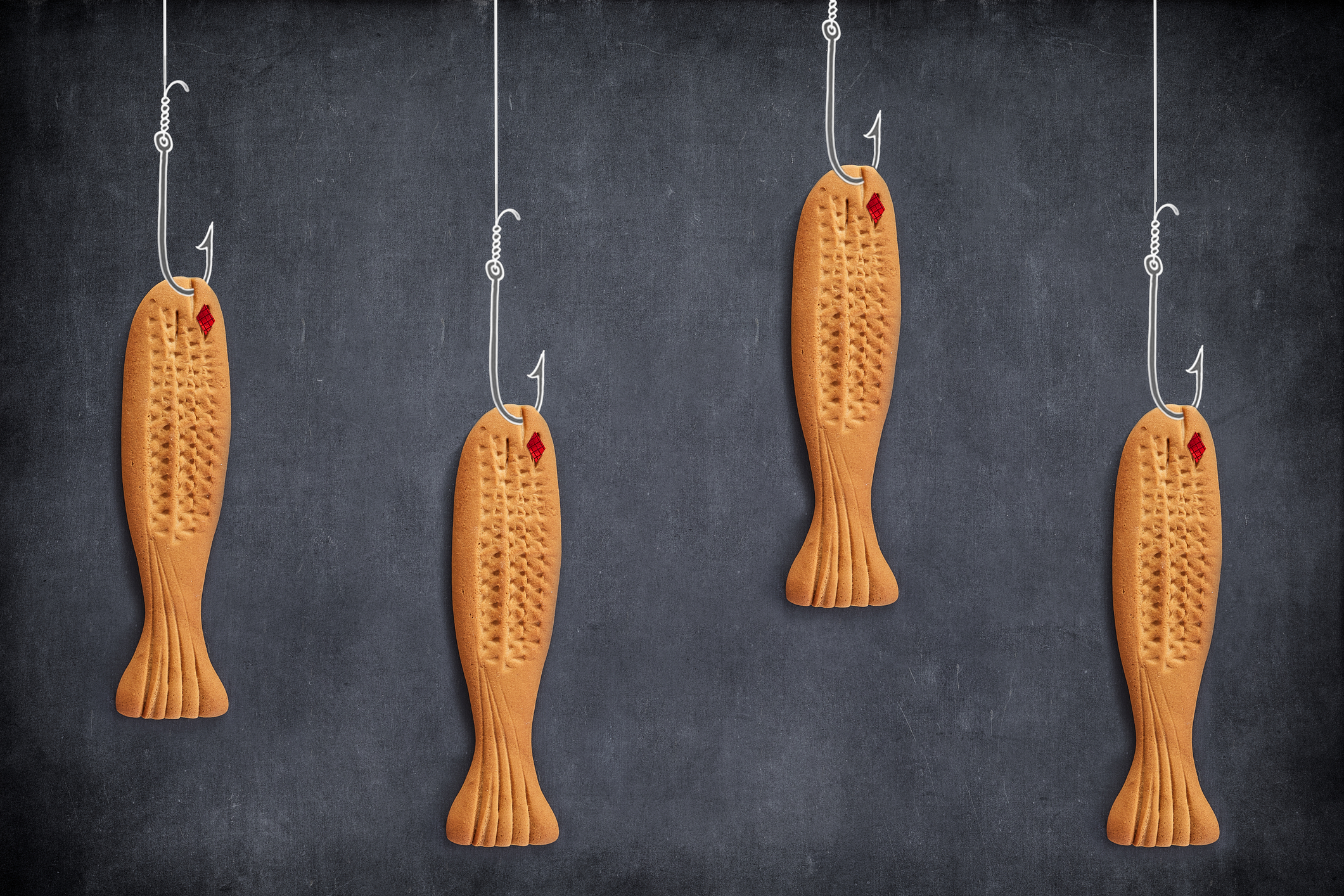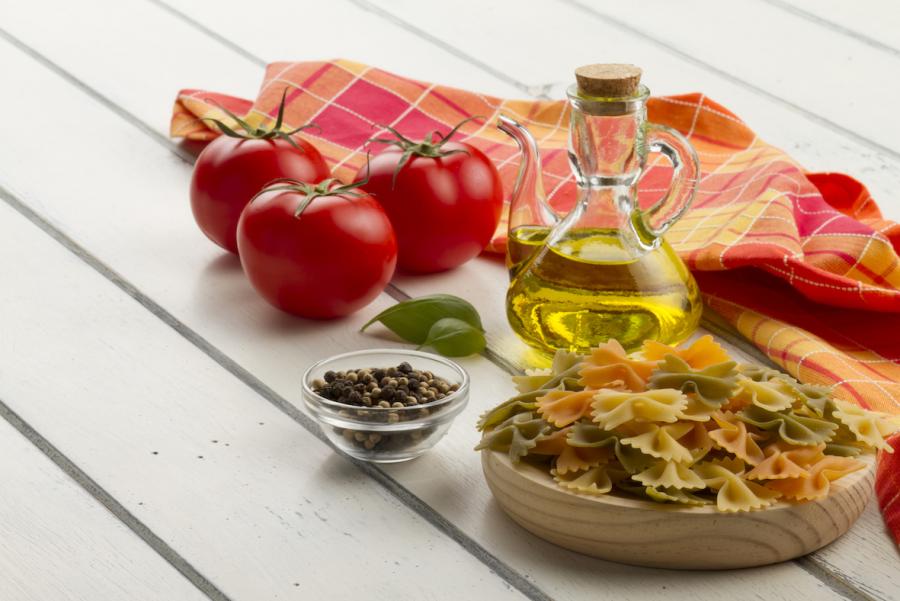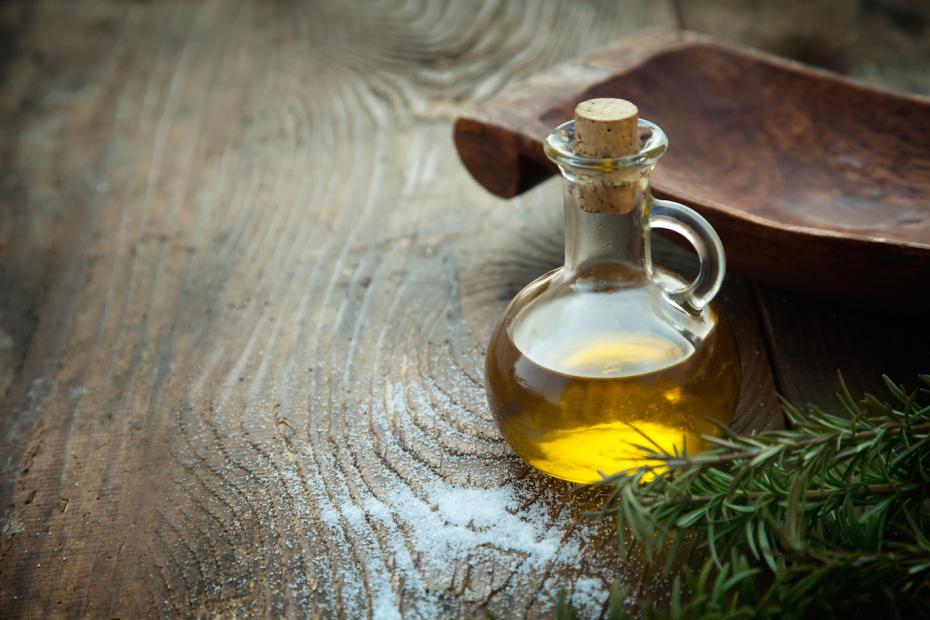How to tell if it’s really Extra Virgin?
To start off, let’s make one thing perfectly clear–light or extra light olive oil is just that–clear and light in color. It doesn’t refer to calories. It refers to lack of color–and flavor. Extra virgin oil should be a strong color and flavor, and often has an opaque appearance. (See “cloudy olive oil” later in this article). This is because to be labeled Extra Virgin, an oil needs to be from the very first pressing. There are a lot of particulates that are in the first pressing that impart loads of flavor into the oil. Even when filtered, the micro-particles remain in Extra Virgin imparting more flavor. This first pressing is also commonly known as a “cold” pressing.
For Extra Virgin oil, you want the label to say “First Cold Pressed” to distinguish from oils (often sneakily labeled extra virgin) that are a heated pressing, where the mats are heated to pull more oil out of them. In fact, most later pressings are done using a heated pressing procedure. You have to be careful, though, because many larger producers add things to color and enhance the flavor of lesser quality oil.
Here’s the bottom line:
The word “first” refers to the olives being pressed on the first round of extraction.
“Cold” refers to the olives being kept no higher than 81.9 °F
“Pressed” refers to the method of extraction.
Is Cloudy Olive Oil Good Oil?
My rule of thumb about a cloudy Extra Virgin oil… the more stuff in the liquid, the more flavor.
I want to explain first, that an olive oil can turn cloudy if stored in a cold place, but it will return to a normal state when put into a proper storage environment. This is not the type of “cloudy olive oil” we are about to discuss… In fact, “cloudy olive oil” as many call it, is becoming popular with both chefs and foodies. You see, this type of oil (usually first pressed, extra virgin) is unfiltered oil, and as such, it contains more of the real stuff directly coming from the olives themselves during the pressing. It’s the initial cloudy oil produced immediately after crushing or pressing. Normally this oil is either filtered immediately (removing flavor and what many think of as authentic qualities), or stored in tanks to settle for a period of weeks or months (is this really fresh oil?) to allow sediments to be separated from the oil.
Unfiltered olive contains plant material in suspension along with micro-drops of vegetative and non-vegetative liquids forming a water-oil emulsion. As with other professional “studies”, the studies of the effects of filtration on olive oil durability is controversial, with different studies coming to different conclusions. Still, some studies have found that unfiltered olive oil contains many chemical compounds that are healthier for us. It seems to be common sense that if you over-filter olives, you’ll be removing some of what Nature put in their to benefit us. I can tell you from my own experience, the first time you taste an Extra Virgin olive oil that has some cloudiness to it, you’ll more than likely be amazed at the different taste. It’s more fruity, less oily, can have herbal qualities and is something you never want to cook with, but instead want to top off bread, cheese, pasta and pizzas with it.
I just thought to mention here, that in Italy, no one puts olive oil in little plate the way Olive Garden (ugh) does… In Italy, the good oil goes on top of food. So, drizzle on your bread, don’t dunk.































